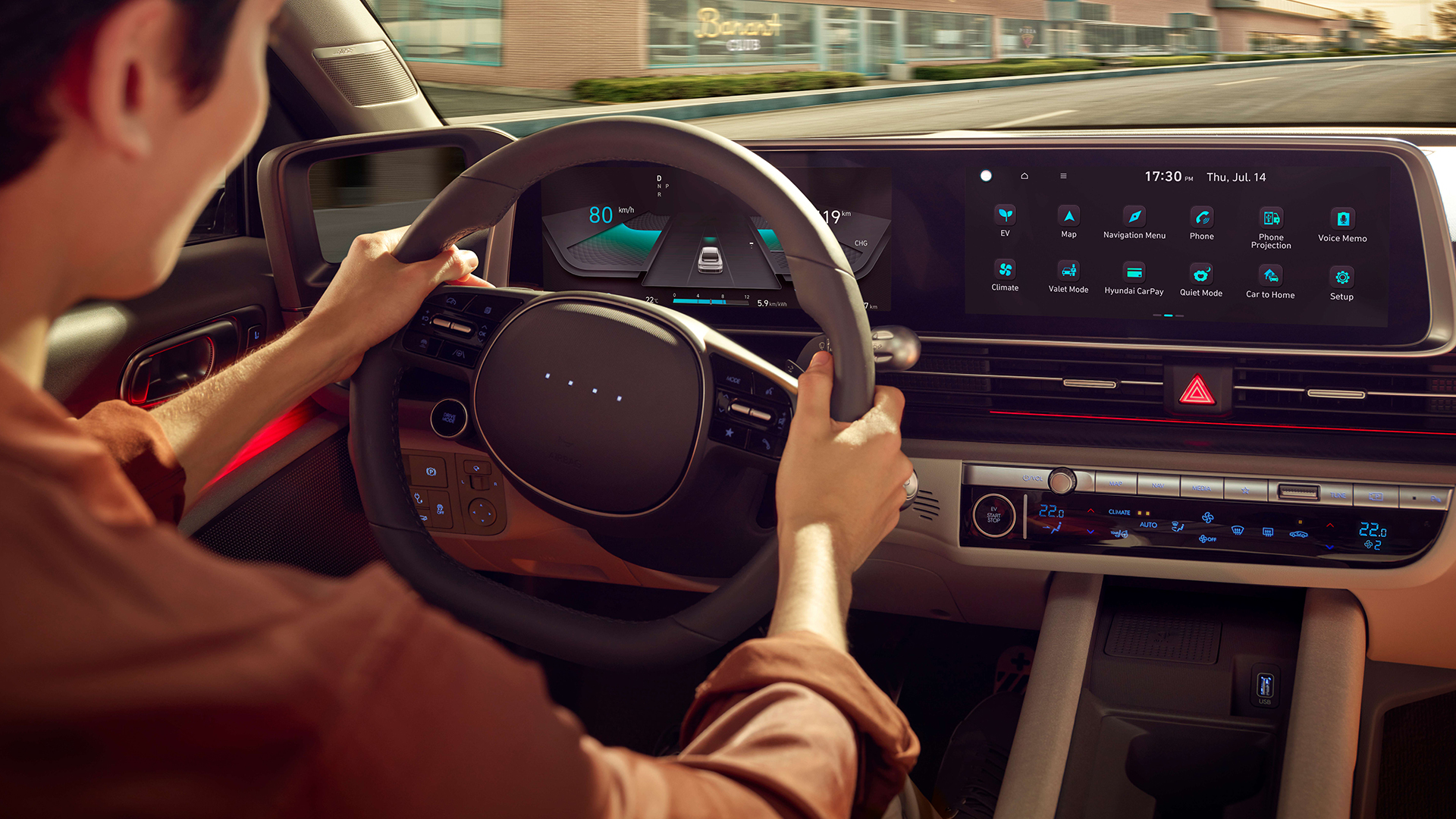
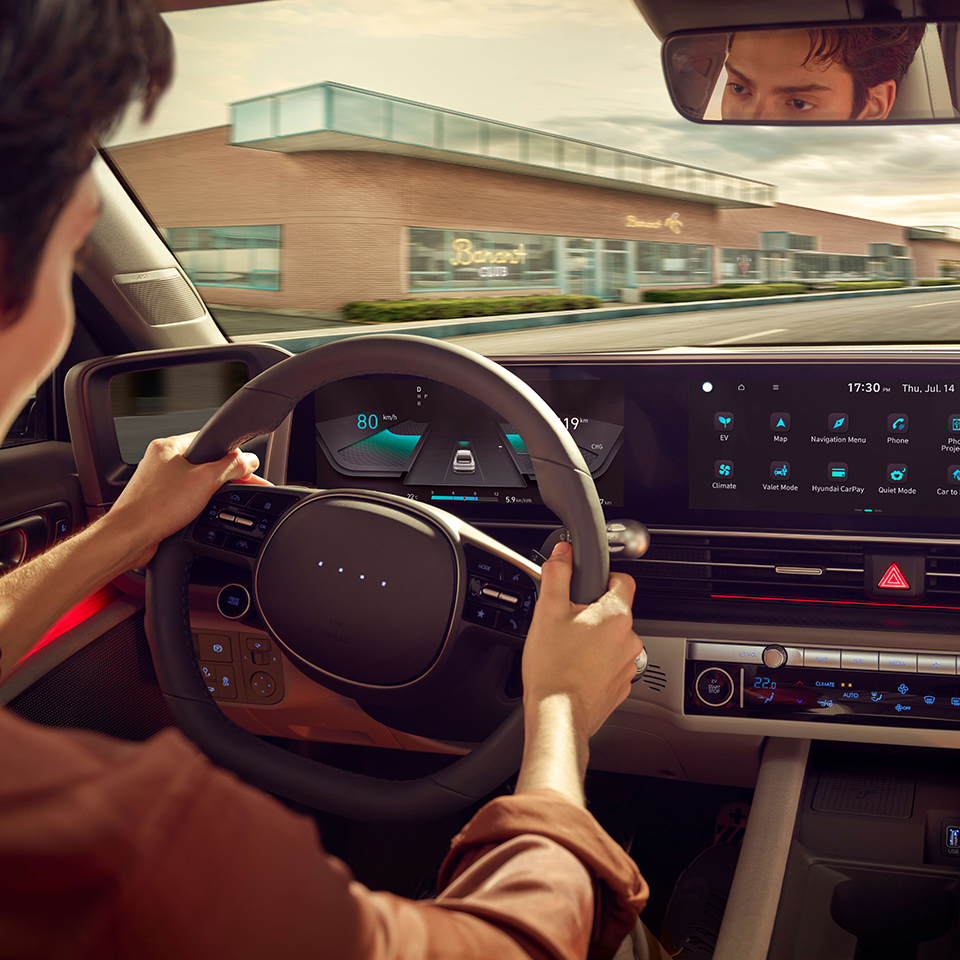


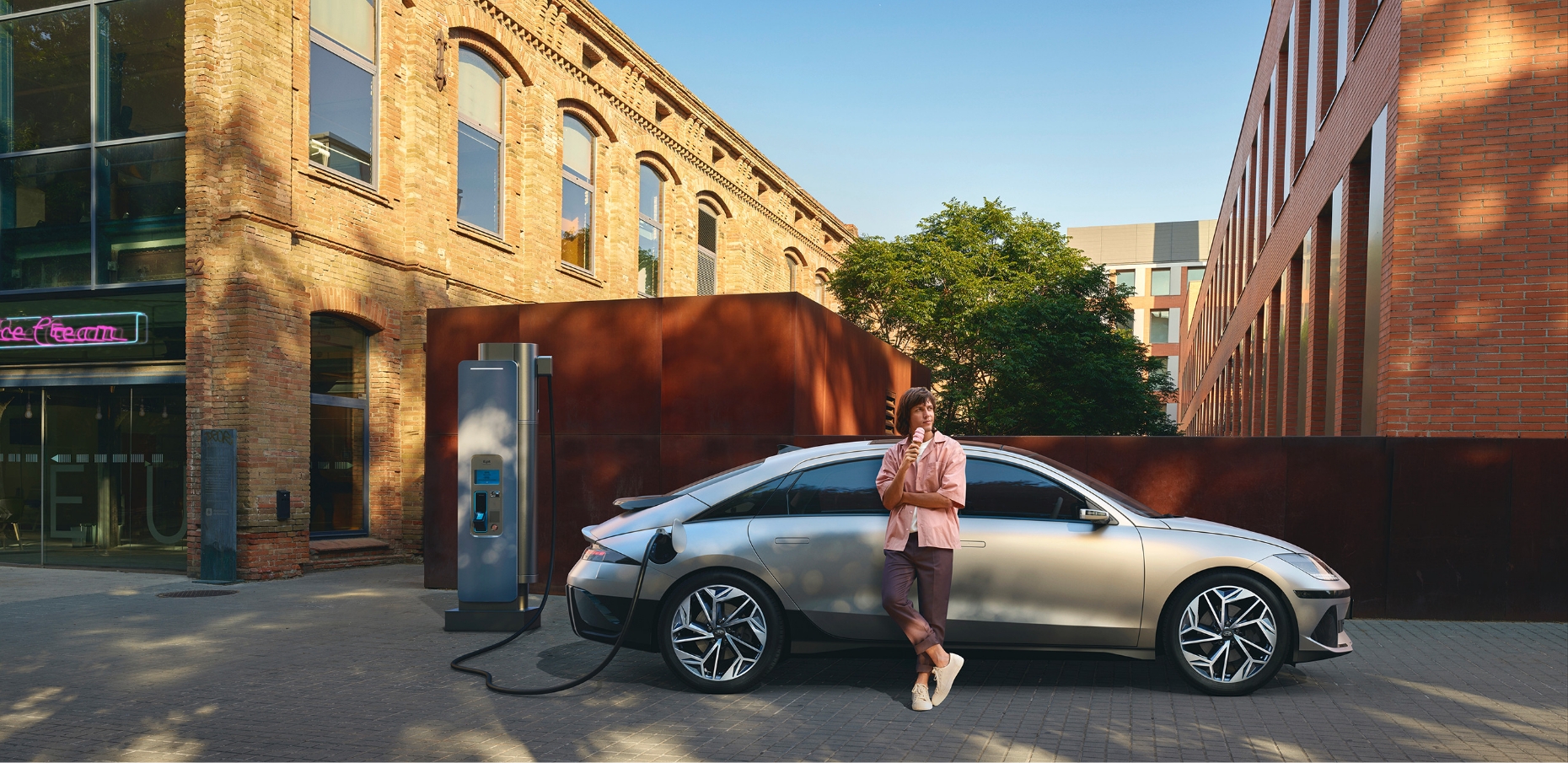
The IONIQ 6 is a part of Hyundai Motor’s pure EV brand IONIQ lineup. The IONIQ 6 was completed under the design theme of ‘Electrified Streamliner,’ and one of the keywords of this model would be ‘personalization.’ This theme provides optimized services and functions for drivers, constantly expanding their scope to meet the needs of consumers.
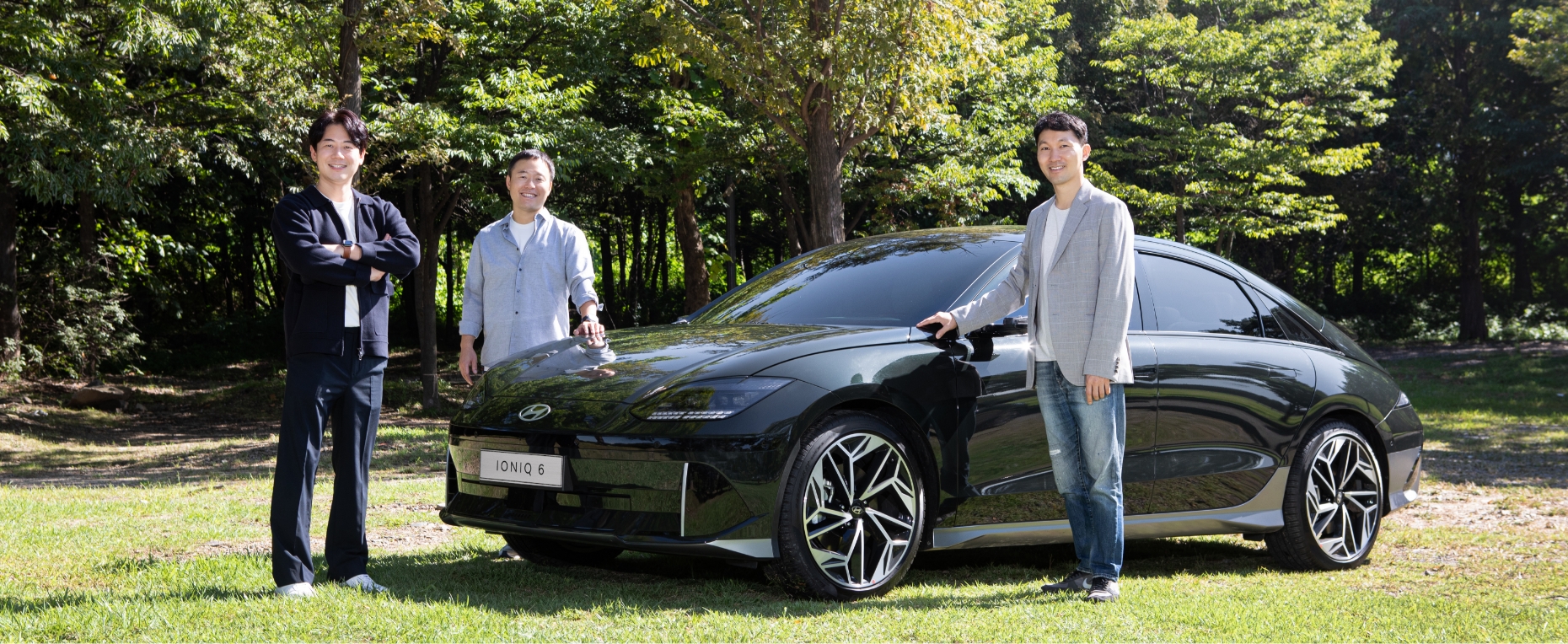
The performance tune‒up function applied to the IONIQ 6 for the first time by the brand is a technology that reflects the personalization theme in the performance field, such as performance and driving feel. Going one step further from the current drive mode, you can fine‒tune performance components, such as electric motor power or accelerator pedal response. More specifically, owners can choose output (3 levels), acceleration sensitivity (3 levels), steering (2 levels), and four‒wheel drive (3 levels, no 2WD specifications) according to their preferences. It is activated by pressing and holding the drive mode button on the lower left of the steering wheel. Researchers at Hyundai Motor, who developed the EV performance tune‒up function that can customize the performance according to the driver’s taste or driving propensity, explained this technology.
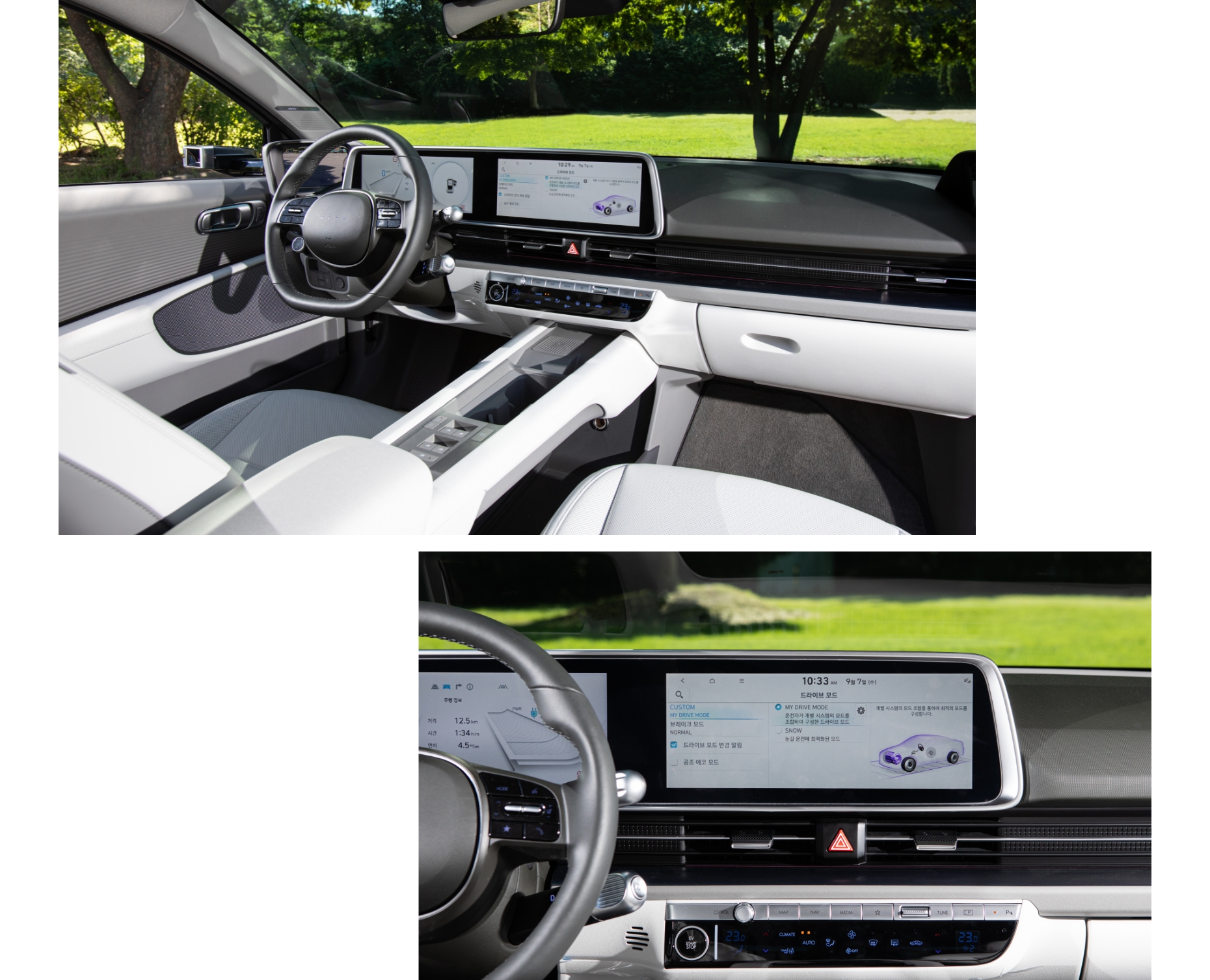
Q. How does performance tune‒up work?
Cheong Seong‒hwan, Senior Researcher | The IONIQ 6 is the first to feature an integrated drive mode control device called Driving Mode Integrated Control (DMIC). Therefore, when changing the mode through the drive mode button or the infotainment system operation, it operates differently from the existing logic that directly transmits a signal to the vehicle control unit (VCU) that controls the vehicle. For example, when a performance tune‒up is activated on the infotainment system, the DMIC sends a corresponding signal to the VCU. After receiving the signal, the VCU accepts the driver’s request by controlling the vehicle‒related factors such as motor output and driving method. Simply put, the performance tune‒up function integrates the performance of the vehicle through interlocking of these control devices as the driver commands.
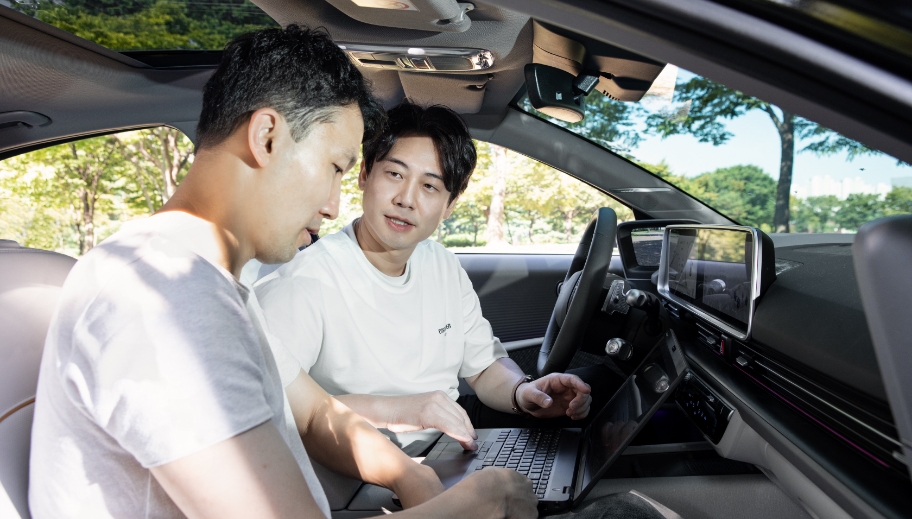
Q. What is the biggest difference in performance tune‒up compared to the previous drive mode?
Jung Kyung‒taek, Senior Researcher | The current drive mode works as detailed in advance by the developer. In other words, there is an optimal value according to the concept of each mode. However, performance tune‒up is a new technology that allows the driver to set performances freely within a safe range. Various combinations that could not be set in the current drive mode are now possible.
Park Il‒kwon, Senior Researcher | Technically, in the current drive mode, since all controllers are interlocked according to each mode, it was impossible to set the drive mode differently for each controller. However, depending on the characteristics of the EV mechanism, parts such as acceleration response and driving method can be set and applied independently.

Q. What are the characteristics of EVs in the development of performance‒related technologies?
Cheong Seong‒hwan, Senior Researcher | EVs and internal combustion engine vehicles are somewhat different in the power transmission process. In the case of an internal combustion engine, the power transmission system is rather complicated, with the ECU (engine control unit) determining the torque and the TCU (transmission control unit) transmitting the torque to the wheels. On the other hand, EVs have a simple structure that directly determines the torque transmitted from the VCU to the wheels, so it is relatively easy to develop customizing technologies related to power.
Park Il‒kwon, Senior Researcher | In addition, it is difficult to arbitrarily control factors such as shift patterns because of very strict emission regulations for internal combustion engines. Of course, it is not easy to control the performance of EVs as well. We constructed the system by carefully refining performance‒related factors within the scope permitted by law.
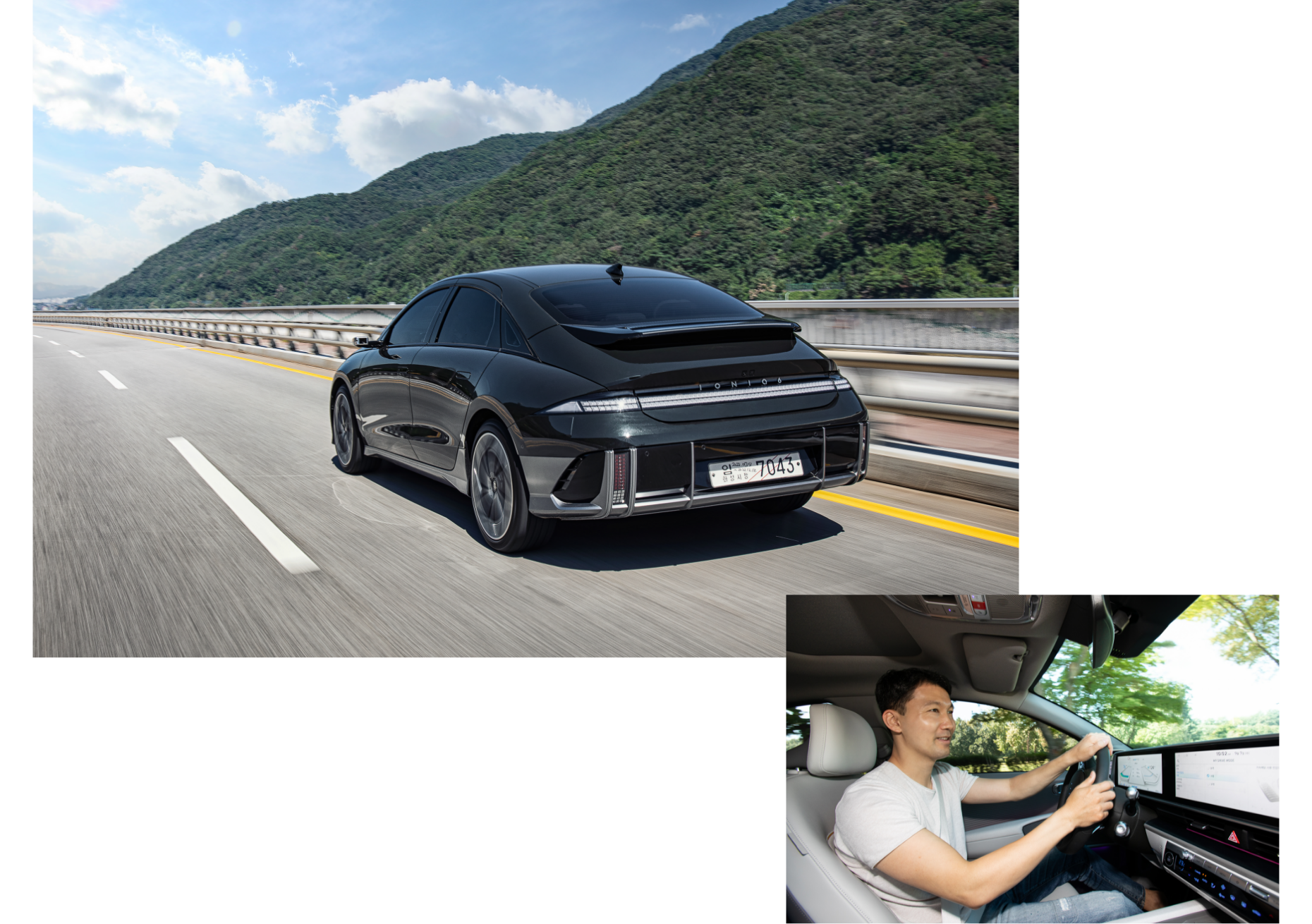
Q. You say that the owners can set the driving method ‒ how do you freely change the driving method?
Park Il‒kwon, Senior Researcher | AWD in internal combustion engines distributes one driving force from the engine to the front and rear wheels. On the other hand, EVs based on Hyundai Motor Group’s E‒GMP are individually controlled by mounting individual motors on the front and rear wheels. Therefore, the power distribution ratio between the front and rear wheels can be freely adjusted. In addition, by using DAS (Disconnector Actuator System) that can completely separate the motor from the drive shaft, it can be converted to 2WD mode with little loss even though it is AWD. The configuration is the same as the current E‒GMP EV, but the IONIQ 6 is the first model that allows customization of the driving method.
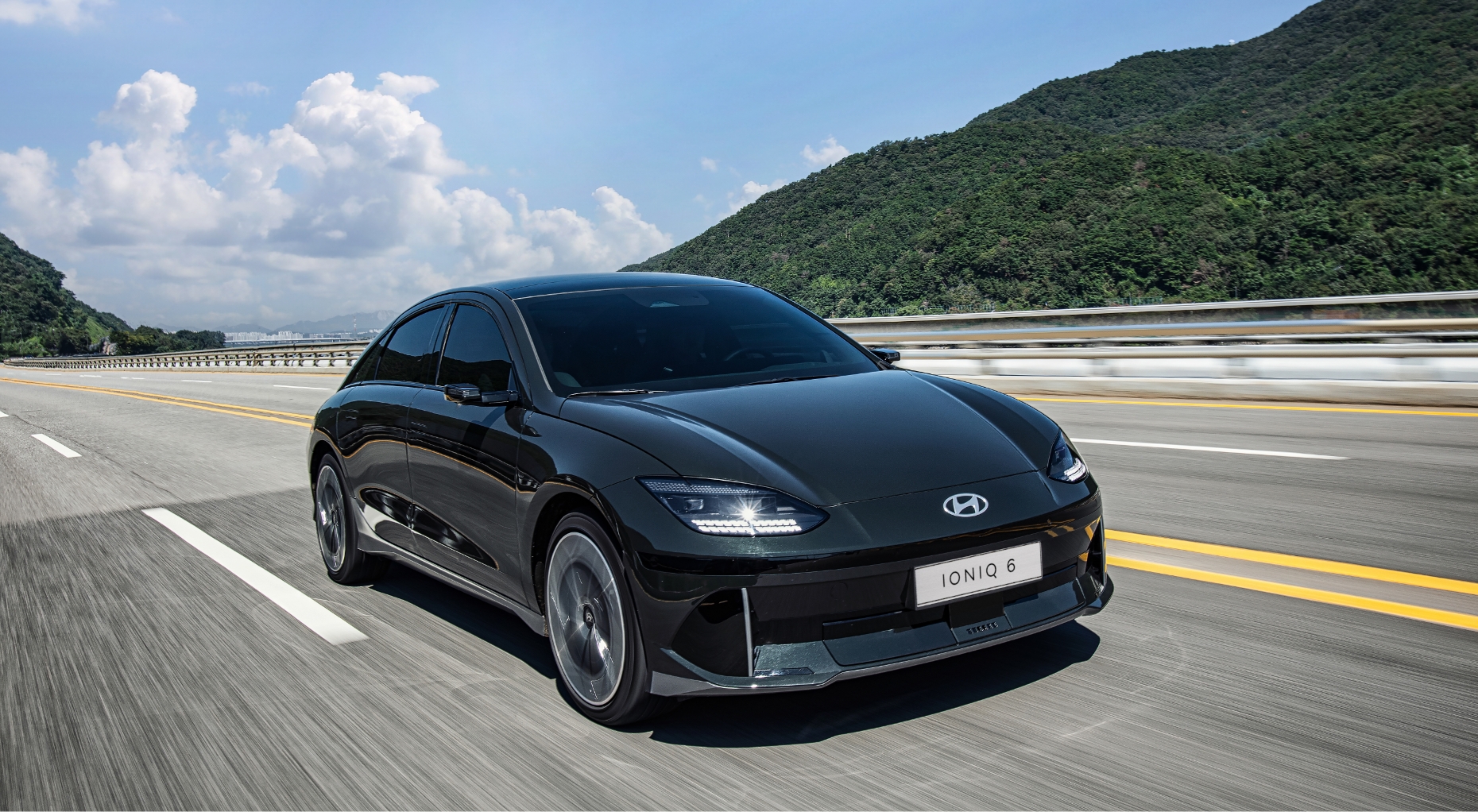
Q. What process did you go through to complete the technology?
Park Il‒kwon, Senior Researcher | In the beginning, it was possible to fine‒tune the details into five levels. However, during development, we decided that it was easier to feel the difference between each mode, so we adjusted it to three levels. In addition, it was not easy to realize various driving characteristics with only the drive mode. However, the performance tune‒up feature allows you to set each performance factor independently, making it possible to create numerous combinations of tunings.
Jung Seong-hwan, Senior Researcher | The new technology also makes it possible to adjust the sensitivity to accelerator pedal operation independently of the vehicle’s output. In other words, just as it provides a smooth driving sensation with high power output, this technology meets the needs for a variety of driving sensations. After internal evaluation, we received feedback that it was a new function that would appeal to customers, and we were able to implement it successfully in the car.
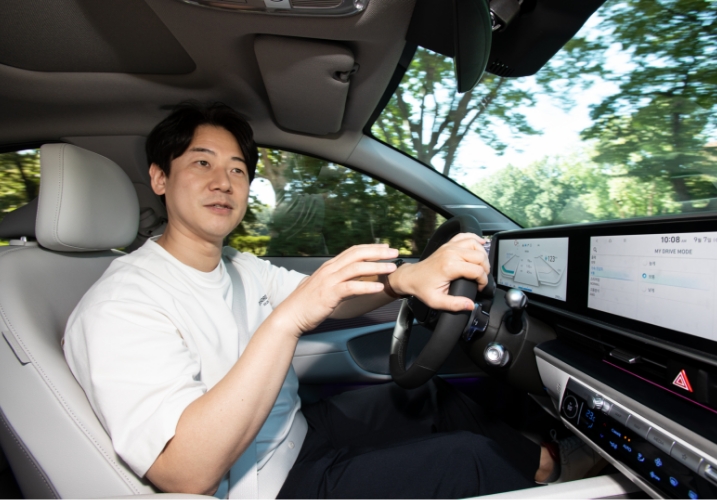
Q. It seems important to balance acceleration response and ride comfort when starting. What were the criteria for the settings?
Jung Kyung‒taek, Senior Researcher | We did not change the acceleration response because we thought the current sport mode could provide excellent reaction speed. And we slightly adjusted the acceleration characteristics considering the smooth acceleration that the eco mode generally offers.
Cheong Seong‒hwan, Senior Researcher | In fact, the core technology in the performance field is to minimize the degradation of riding comfort by reducing the impact during the power transmission process, commonly referred to as backlash, while reflecting the driver’s will to accelerate as much as possible. Even when developing the performance tune‒up system, we optimized all configurations, including the backlash factor, by considering these two conflicting factors.
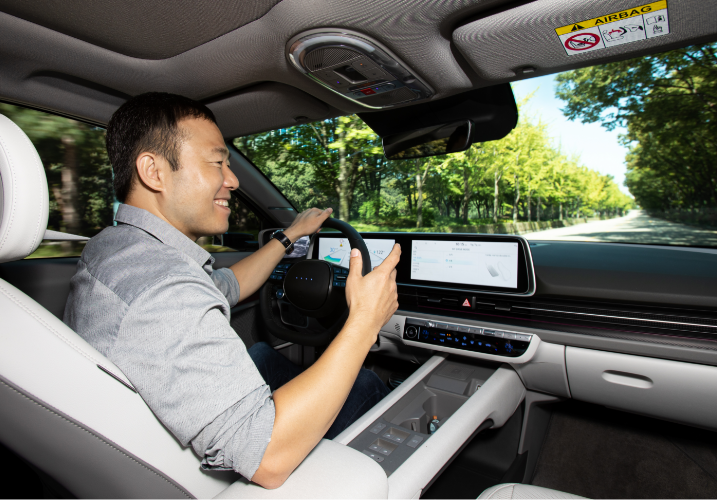
Q. What new technologies related to ‘Fun to Drive’ can be expected in the next‒generation EVs?
Cheong Seong‒hwan, Senior Researcher | New hardware such as steer‒by‒wire or additional features can be expected through new technologies. In addition, it will be interesting to further emphasize the theme of ‘personalization’ by linking the performance tune‒up function of the IONIQ 6 with elements that the driver can easily feel, such as e‒ASD (EV active sound design) and ambient light.
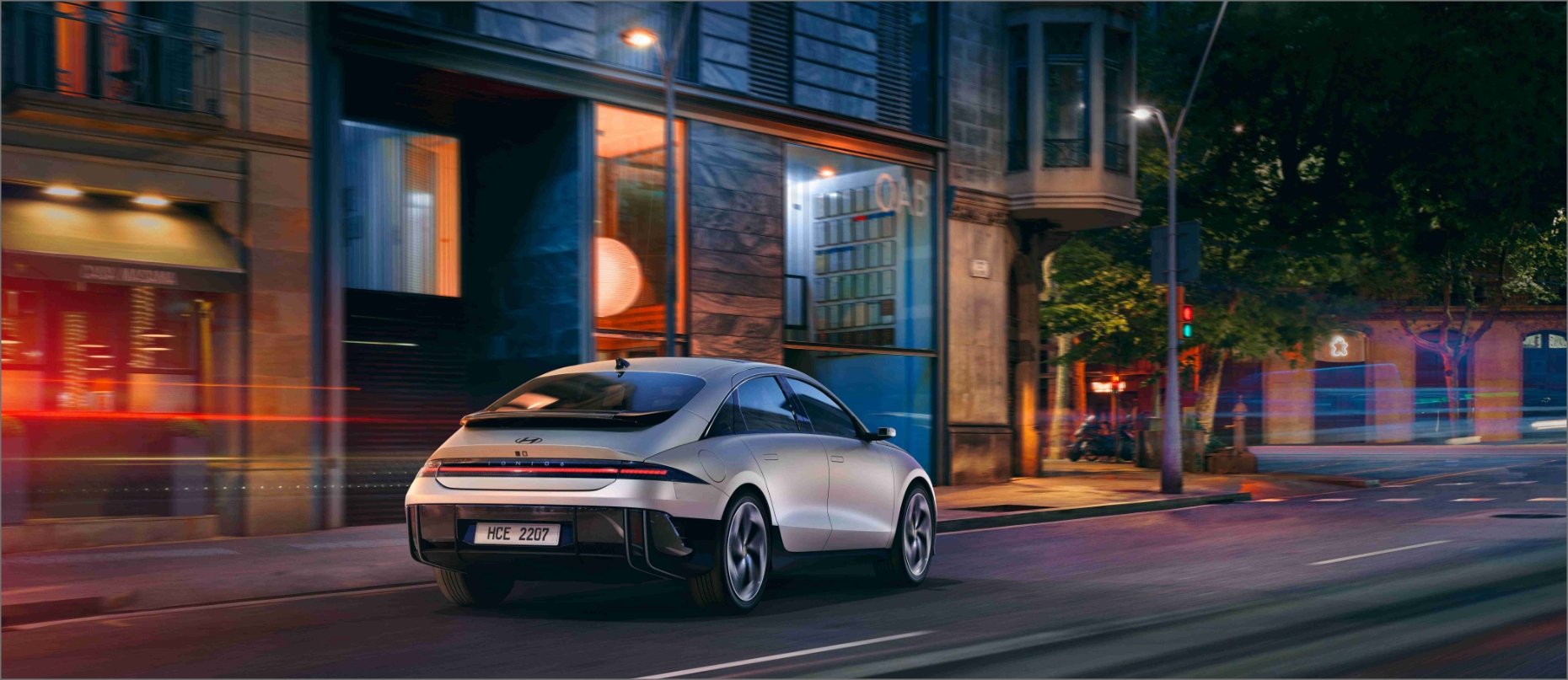
Q. The OTA function can also affect vehicle performance. What are the benefits for consumers?
Jung Kyung‒taek, Senior Researcher | It was indeed difficult to listen to the needs of consumers due to the nature of automobiles, where safety and system stability must be prioritized. However, as the OTA function is introduced, it will be more beneficial to consumers. Just as smartphones provide new experiences through OS updates, automakers are coming up with other additional functions using OTA functions.
Photography by Choi Dae‒il, Kim Beom‒seok